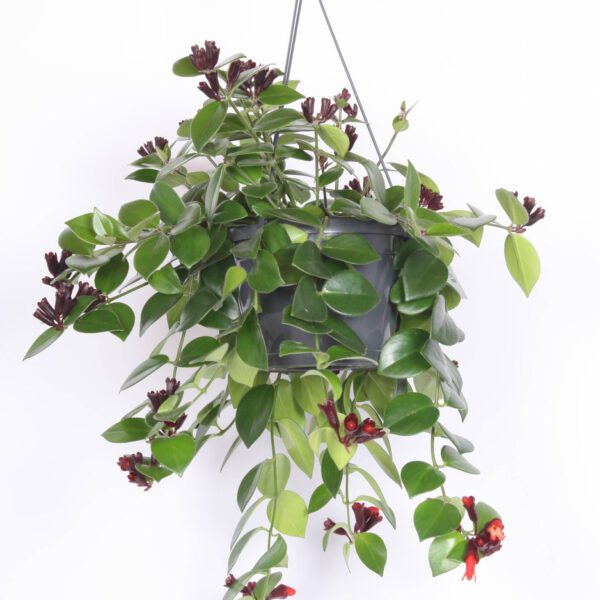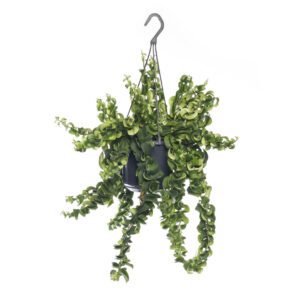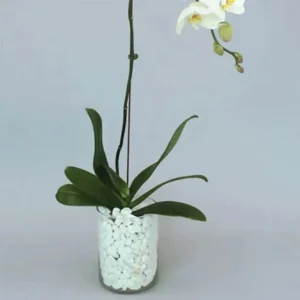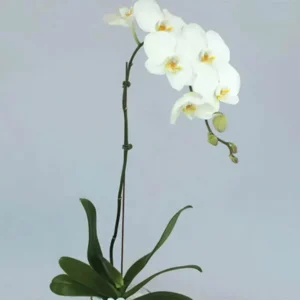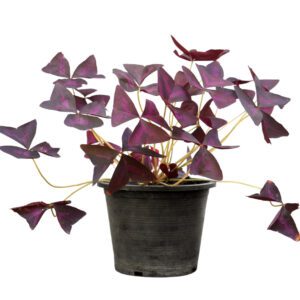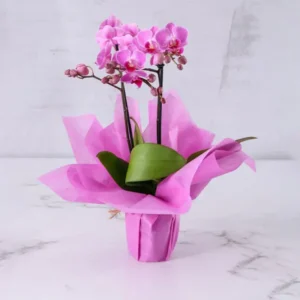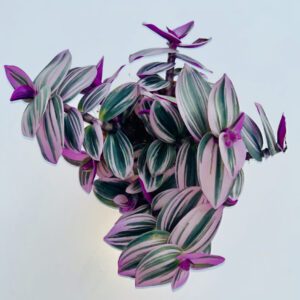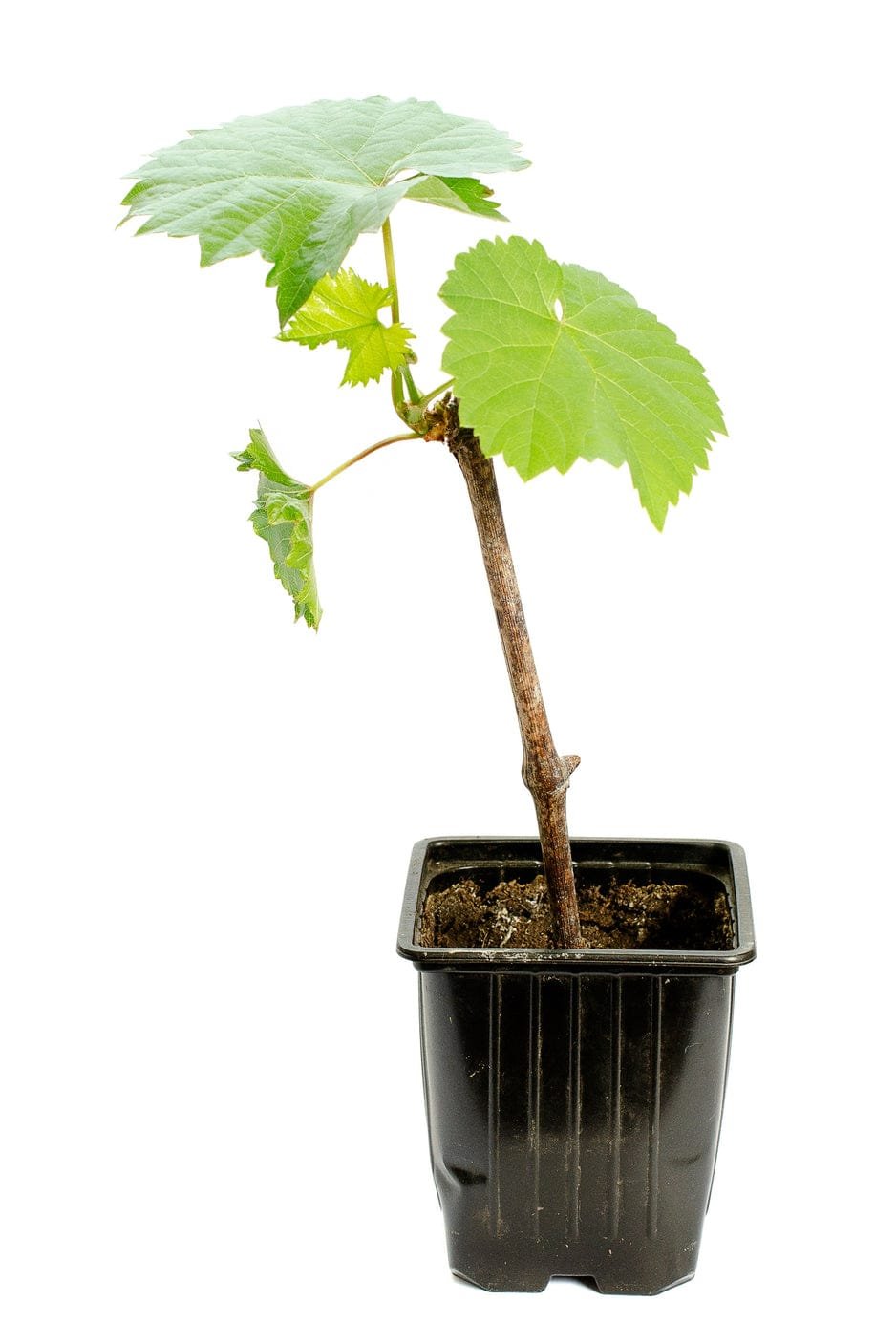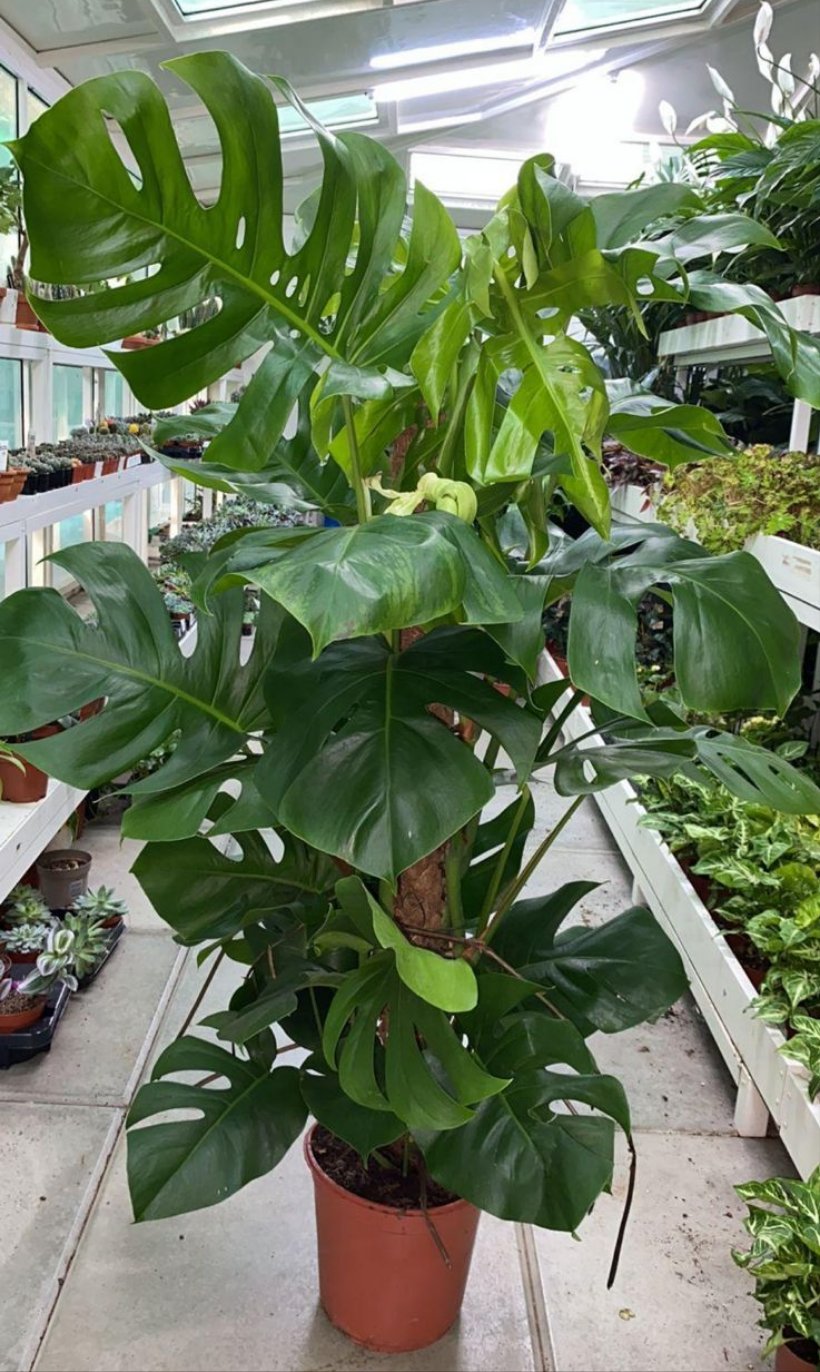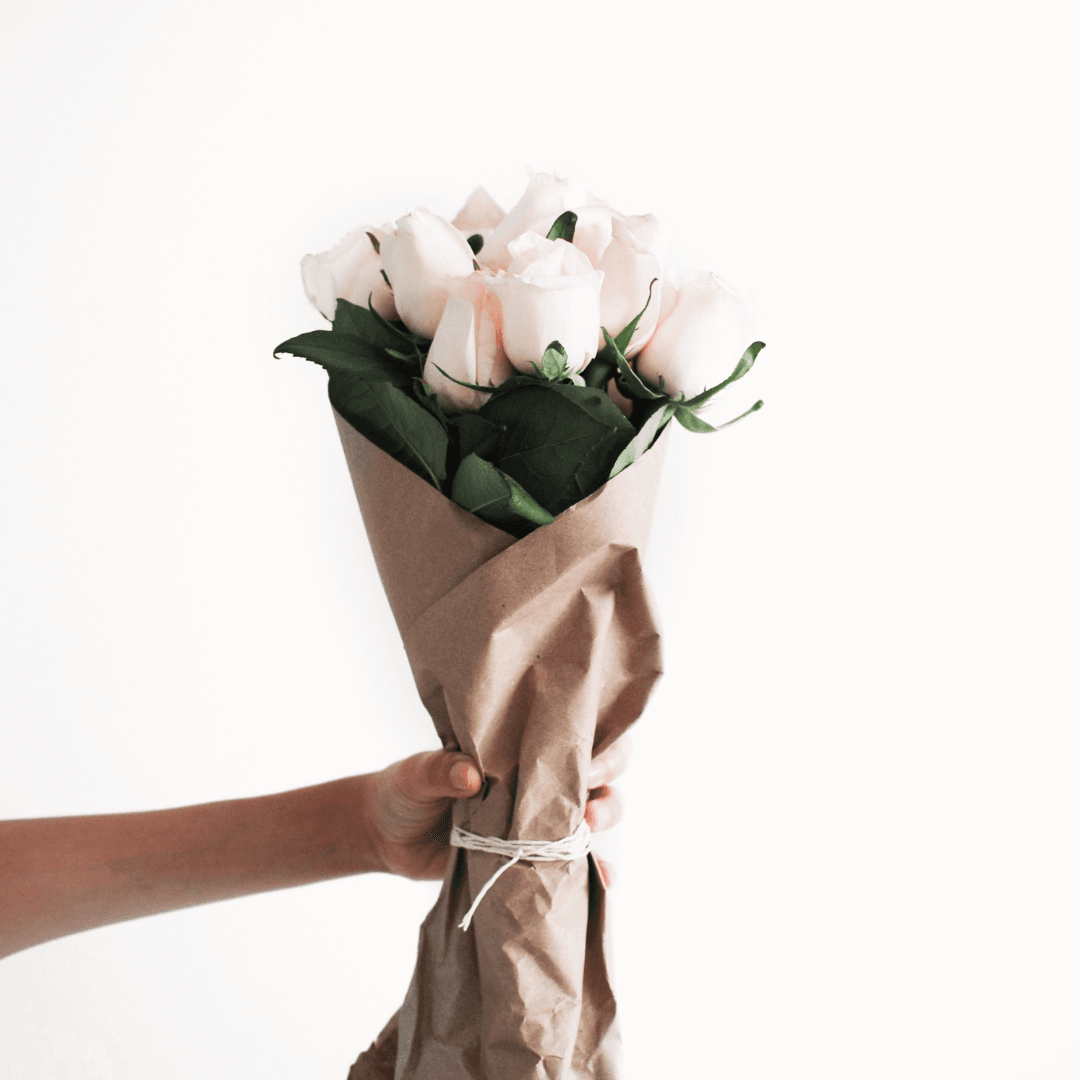Aeschynanthus ‘Mona Lisa’ (Lipstick Plant)
The Aeschynanthus ‘Mona Lisa’, commonly known as the Lipstick Plant, is a vibrant and eye-catching tropical plant. It’s named for its striking, tubular red flowers that emerge from dark, bud-like structures resembling lipstick tubes
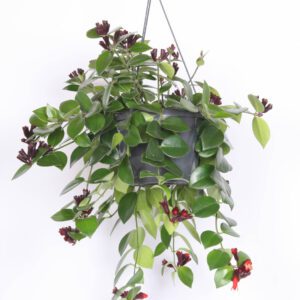
Aeschynanthus ‘Mona Lisa’ (Lipstick Plant)
Description
Additional Information
| Size | 30cm – 40cm |
|---|---|
| Flowers Color | Red |
Disclaimer
The image displayed is for reference only. The actual product may differ in shape, appearance, climate, age, height, and other factors. Plants will be delivered in plastic pots unless the customer explicitly selects a different pot option.
All information provided is shared in good faith. However, we make no representations or warranties of any kind, express or implied, regarding the accuracy, adequacy, validity, reliability, availability, or completeness of the information on this site.

